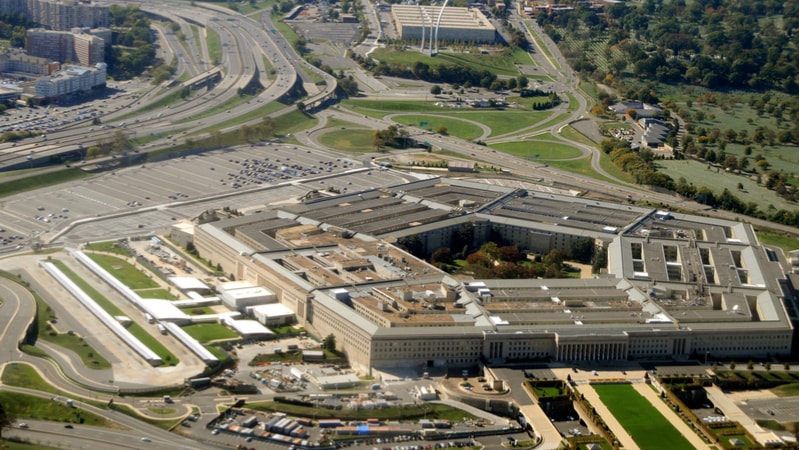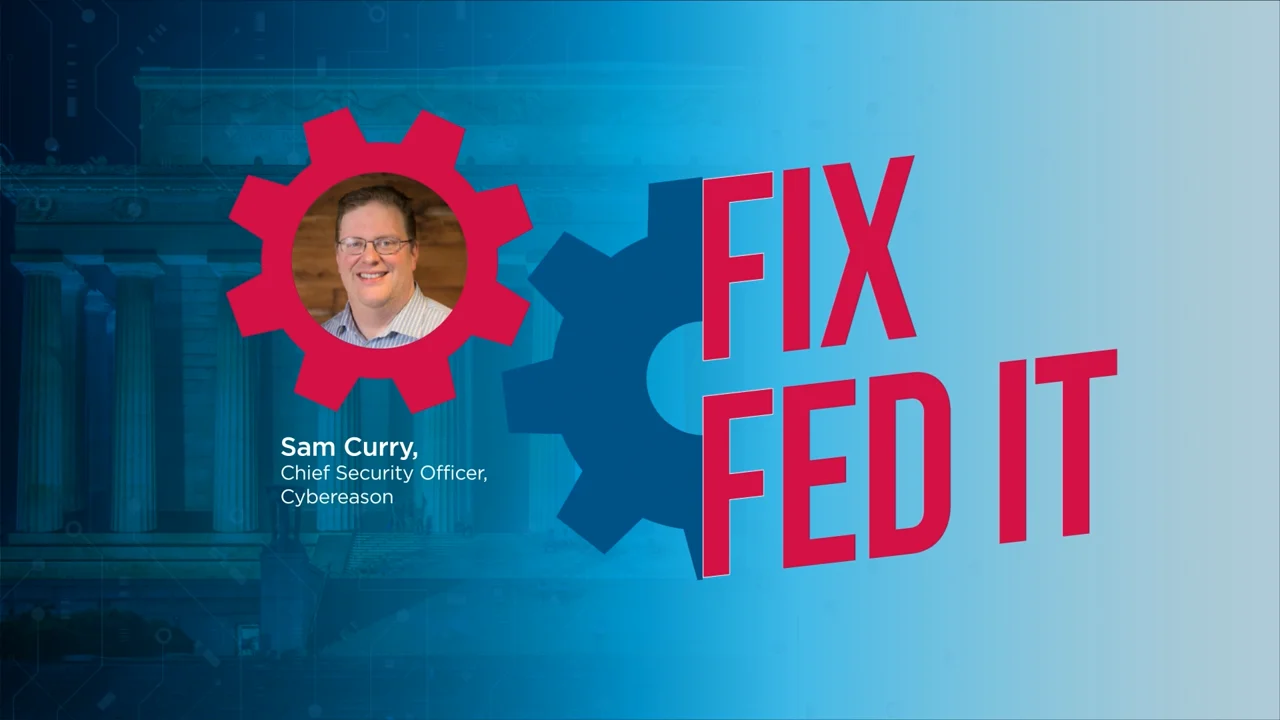
The Department of Defense (DoD) has finalized its Software Modernization Strategy to help enable delivery of resilient software capabilities.
In a press release, DoD explained that the strategy will set a new path for technology and process transformation enabling delivery of resilient software capabilities at the “speed of relevance.” The software strategy is one in a set of sub-strategies for the DoD Digital Modernization Strategy, while evolving to replace the 2018 DoD Digital Cloud Strategy.

“Our journey started in 2020 when we recognized that we had a significant problem, but we weren’t capturing what that problem set was,” said DoD’s deputy CIO for Information Enterprise Danielle Metz in a press briefing today. “What we wanted to be able to do was to take a step back and crystallize what the problem was so that we can ensure that we were delivering what was needed as a solution set for the warfighter.”
Currently, DoD has 29 “software factories” that cover different services, and that have helped build speed and momentum for modernization and as a catalyst for doing DevSecOps.
The new software strategy features three long-term goals for software modernization, including:
- Accelerate the DoD Enterprise Cloud Environment through maturing an innovation portfolio of cloud contracts, securing data in the cloud, accelerating cloud adoption through automated design patterns, and preparing OCONUS Infrastructure for Cloud;
- Establish department-wide software factory ecosystem by accelerating software deployment with continuous authorization, driving reciprocity of tools with an Enterprise Repository, streamline control points for seamless end-to-end software delivery, and speed innovation into the hands of the warfighter; and
- Transform processes to enable resilience and speed through evolving policy, regulations, and standards; make acquisition more agile; advance technical competencies; empower the broader workforce as contributors to technology; manage commercial off-the-shelf software for efficiencies and effectiveness; and incentivize the use of enterprise services.
“Delivering a more lethal force requires the ability to evolve faster and be more adaptable than our adversaries,” said Dr. Kathleen H. Hicks, the Deputy Secretary of Defense, in a memorandum approving the software strategy. “The Department’s adaptability increasingly relies on software and the ability to securely and rapidly deliver resilient software capability is a competitive advantage that will define future conflicts. Transforming software delivery times from years to minutes will require significant change to our processes, policies, workforce, and technology.”
